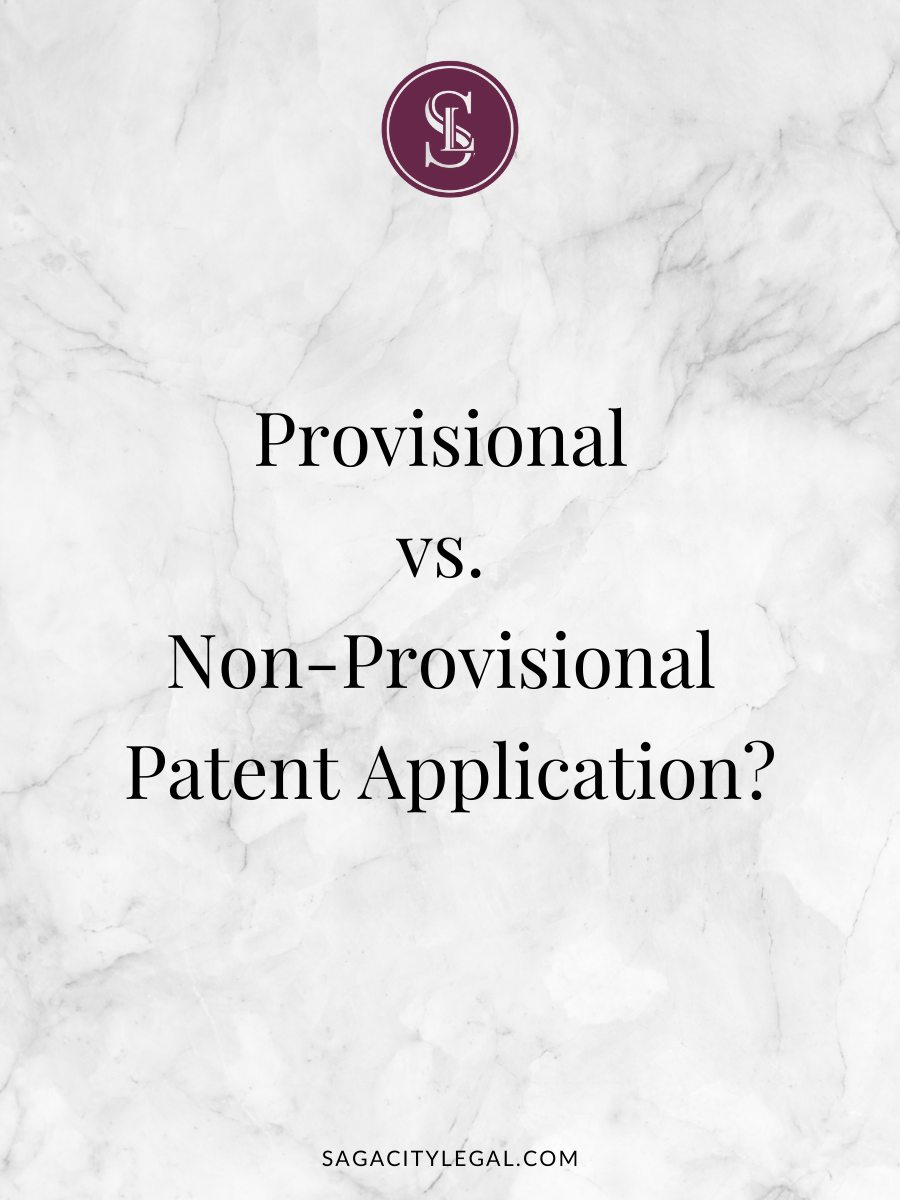
Helping inventors create and file a patent application is the best legal job ever!
I especially enjoy when an entrepreneur comes to me with an amazing, unique new invention.
Patenting that invention adds so much value!
“Inventions cannot be judged on patent parameters, but patents have the ability to take inventions very far”
― Kalyan C. Kankanala, Fun IP, Fundamentals of Intellectual Property
The Benefits of A Patented Invention
Patent protection allows the patent owner to exclude everyone else from making, using, and selling the invention for a period of time.
Patents create intangible assets that add to the value of your company. Business owners then leverage their patents for start-up capital and as collateral for business loans.
Patents provide avenues for revenue generation. Not only through production and sales, but also by licensing the patented technology.
Patents provide design freedom, thus increasing strength in global competition. At the same time, patent ownership blocks others from using that technology.
What is a U.S. Provisional or Non-Provisional Patent Application?
The provisional application represents a placeholder for later filed applications filed by the inventor. When you file a provisional application, it is not examined by the United States Patent and Trademark Office (USPTO), and never directly results in the issuance of a patent. Instead, it acts as a placeholder for a non-provisional application “converted” within the following 12 months. Any non-provisional application claiming the benefit of the provisional application retains the original filing date.
The non-provisional application process in the United States includes a USPTO examination. The examination leads to either the allowance of the application or abandonment of the application. All granted U.S. patents result directly from non-provisional patent applications.

Patent Application Filing Strategies
As an inventor, your patent filing strategy includes:
- Examination strategy: delay costs and examination or not?
- Preparation strategy: fully describe and ensure coverage or placeholder to delay costs?
Examination Strategy
The USPTO filing fee for a provisional application are somewhat less than a non-provisional. If your strategy is to obtain a patent priority filing date while delaying the long term patent examination and grant fees, then filing a provisional application creates some short term financial benefits. Once you file the provisional patent application, you also can designate your invention as patent pending.
I also recommend filing a provisional application if you are unsure of the market acceptance. With a provisional application, you maintain options to speed up the examination to secure a patent faster or to delay patent examination costs. If you never go to market, and do not convert the provisional at all, then you save the higher costs.
Lastly, if you believe the invention will develop and you will have changes you would want covered in a patent later on, and you are willing to lose the priority date of the provisional for that “new matter”, then a provisional patent application is a good strategy.
Preparation Strategy
A provisional patent application is only useful to maintain the filing priority date when it contains all patentable subject matter to be claimed in the subsequent non-provisional patent application. This is a key mistake many inventors make when first filing a provisional application. Only the contents of the provisional patent application keep the priority date of the later filed patent application. If a later filed patent is granted based on the provisional patent application, and it contains “new subject matter” not in the provisional, the patent can be invalidated.
The next question is the balance of cost of legal services vs. patent application value. Note that the legal services cost of a provisional patent application + a conversion patent application (within 1 year) are basically the same. So once again, it is a delay of eventual costs for you to balance with the patent coverage.
The key reason that I recommend a full non-provisional patent description be prepared (even if you file it as a “provisional”) is the need to fully describe and differentiate your invention from existing art. Specifically, as mentioned in my prior art search memo, we will need to overcome potential obviousness and potential patentability rejections in the patent specification. To properly do so, a full patent description is needed.


leave a comment on this post.